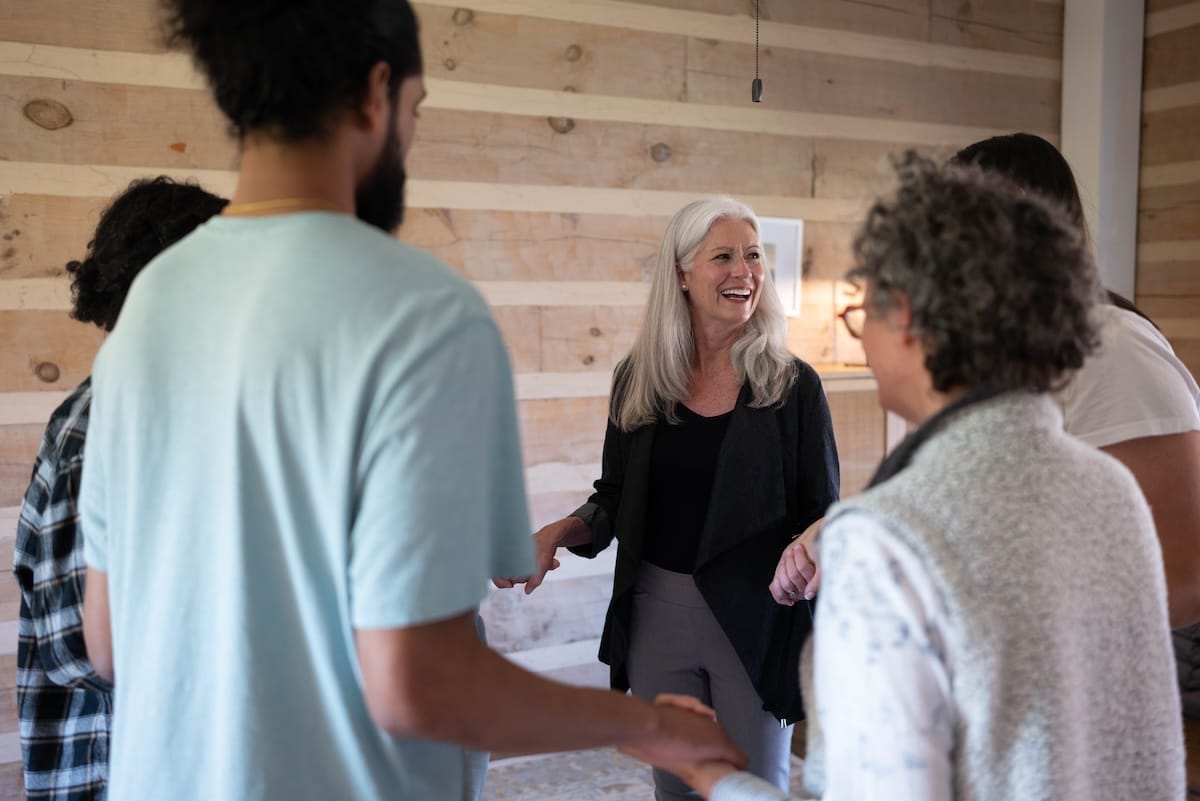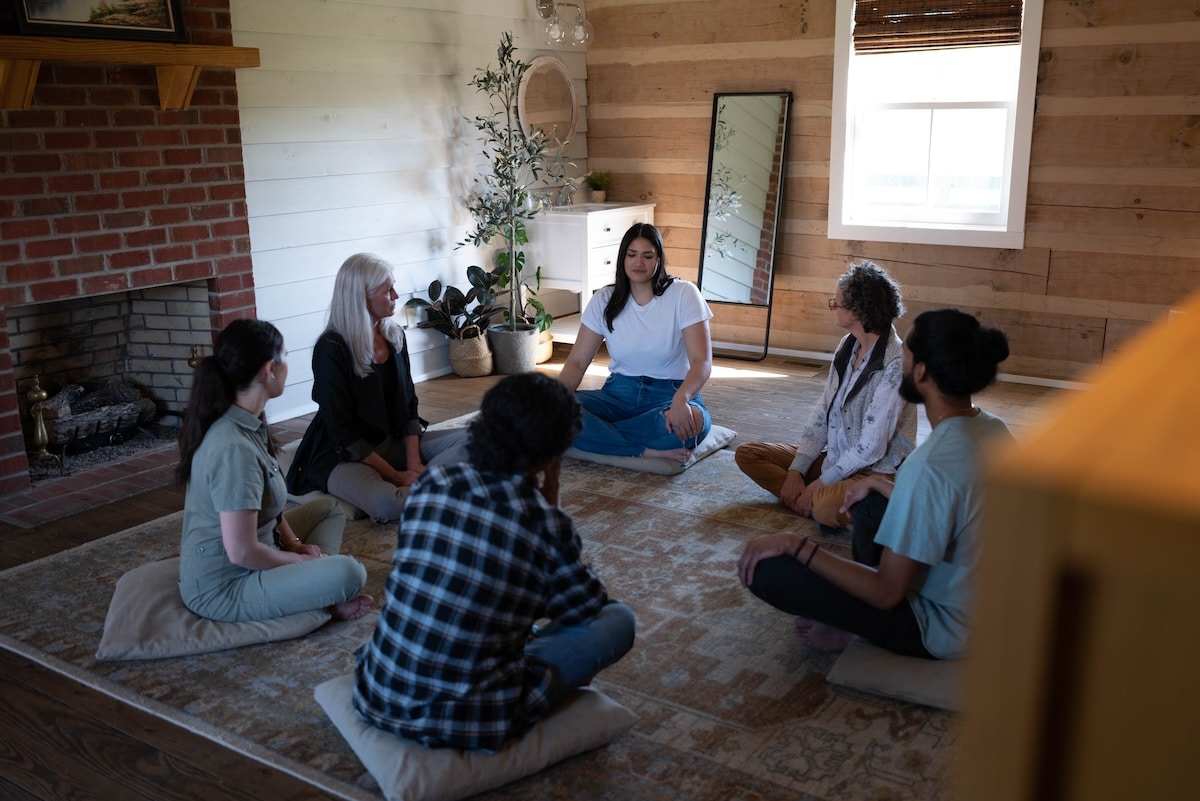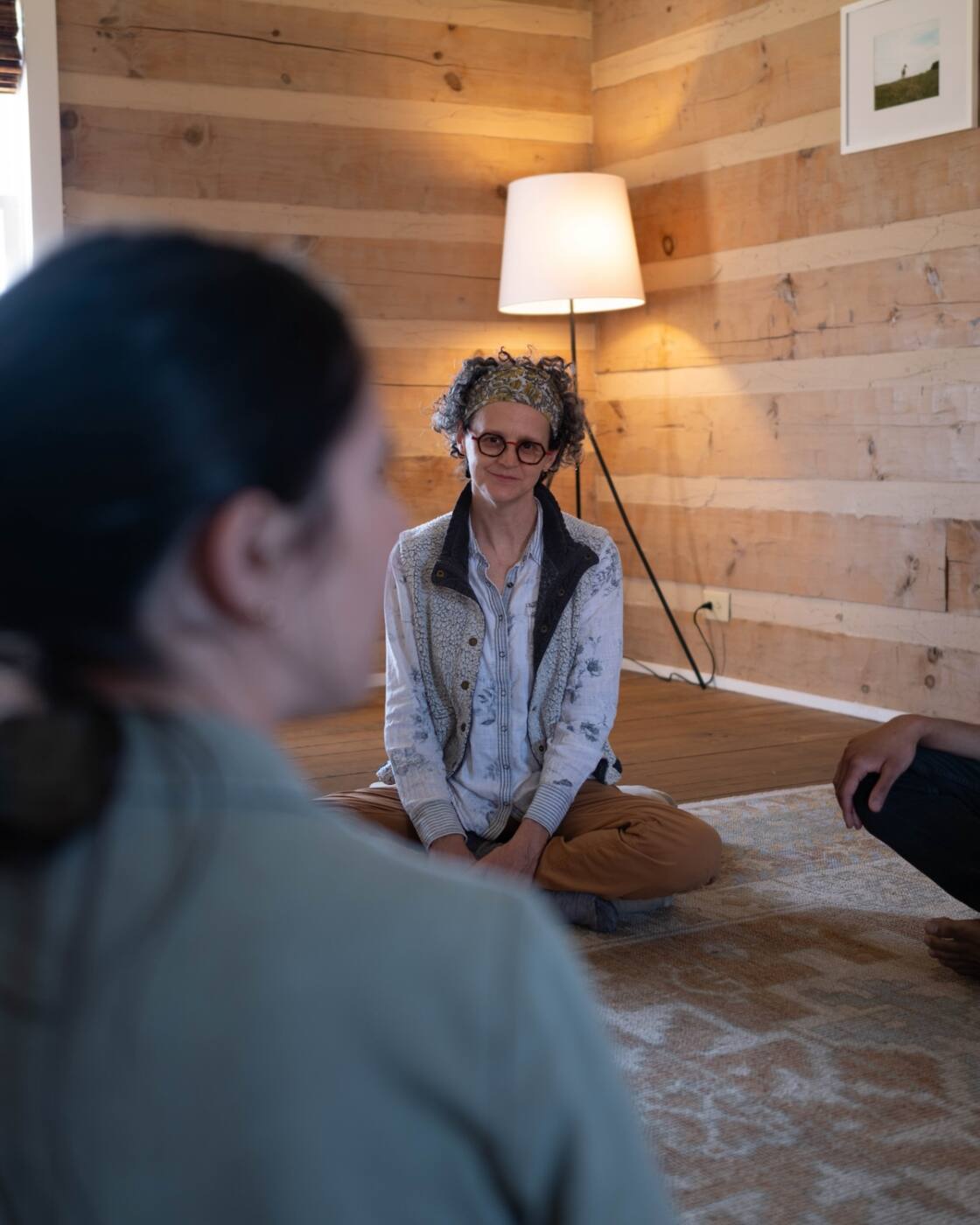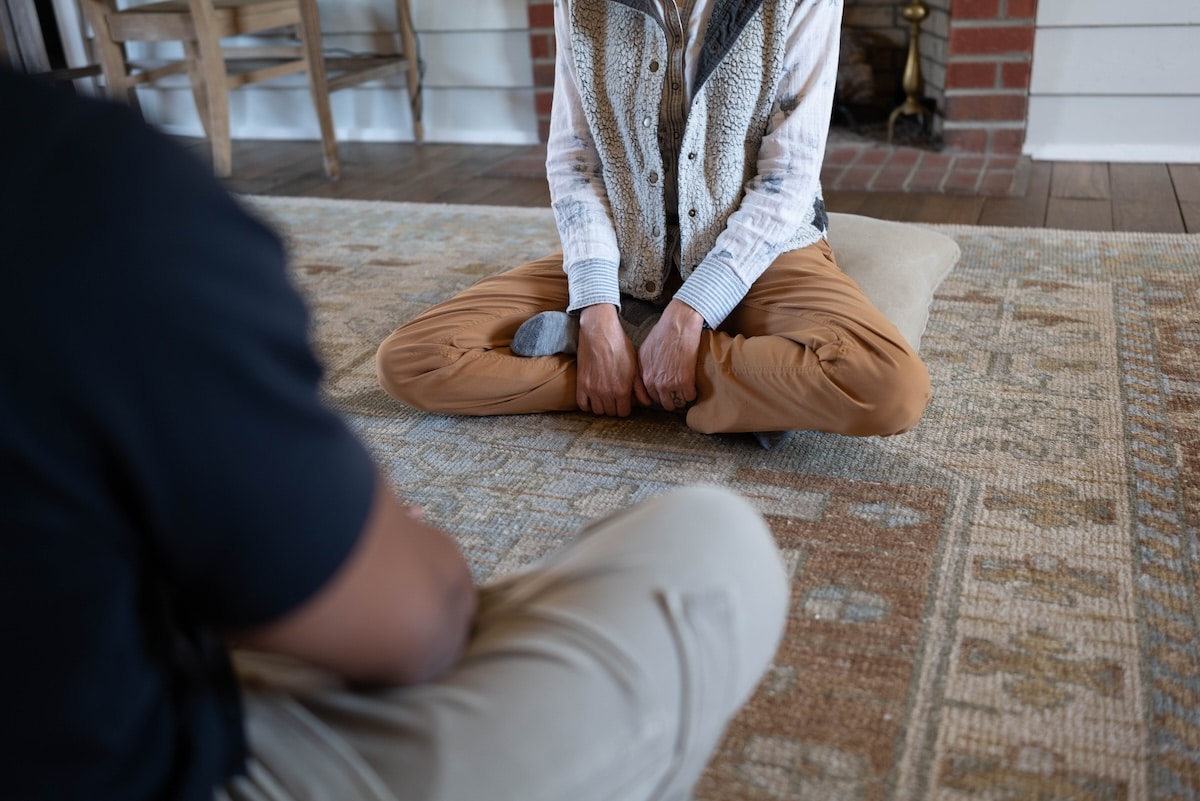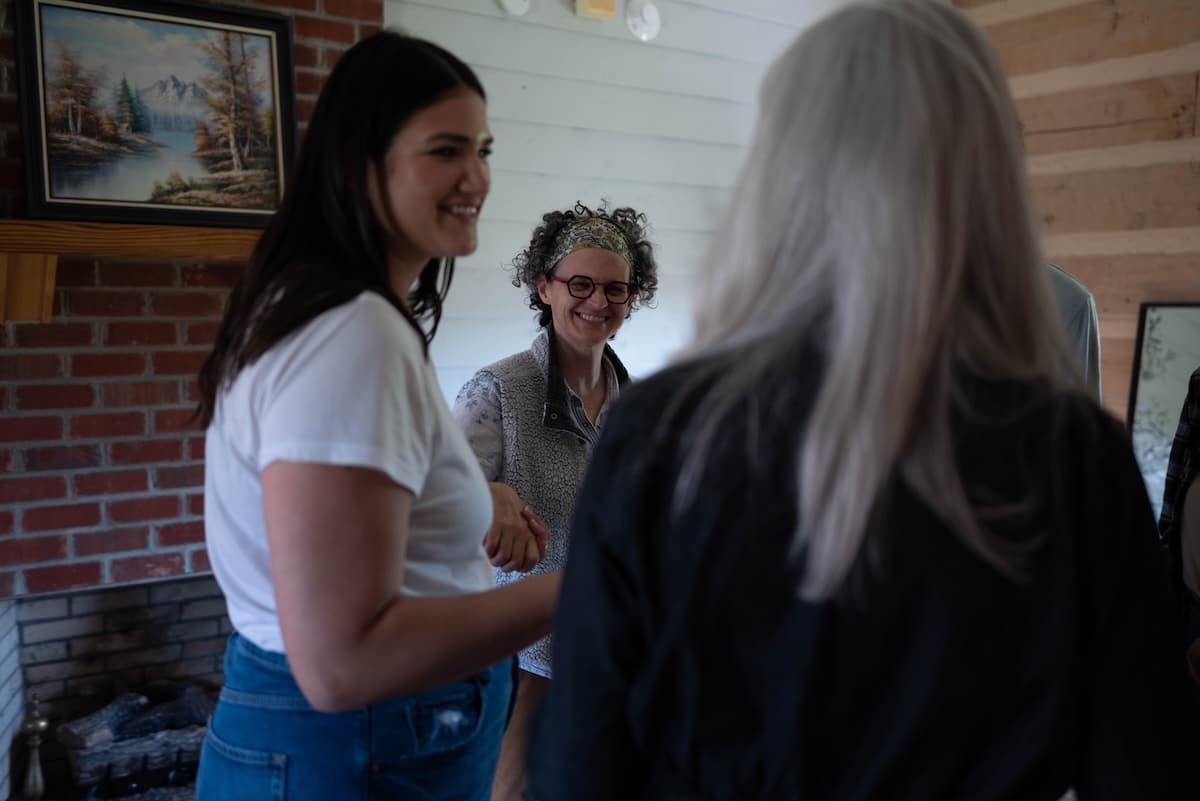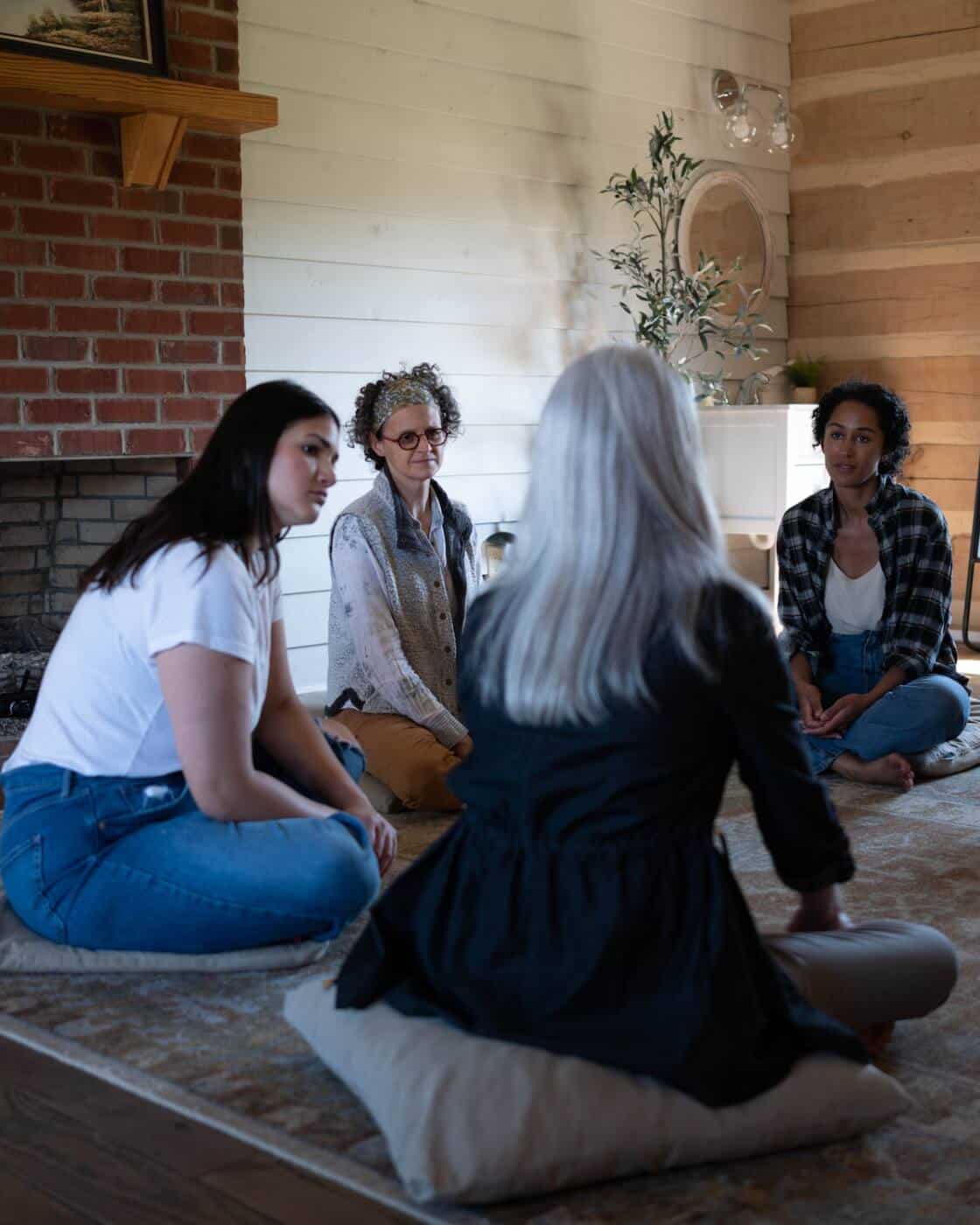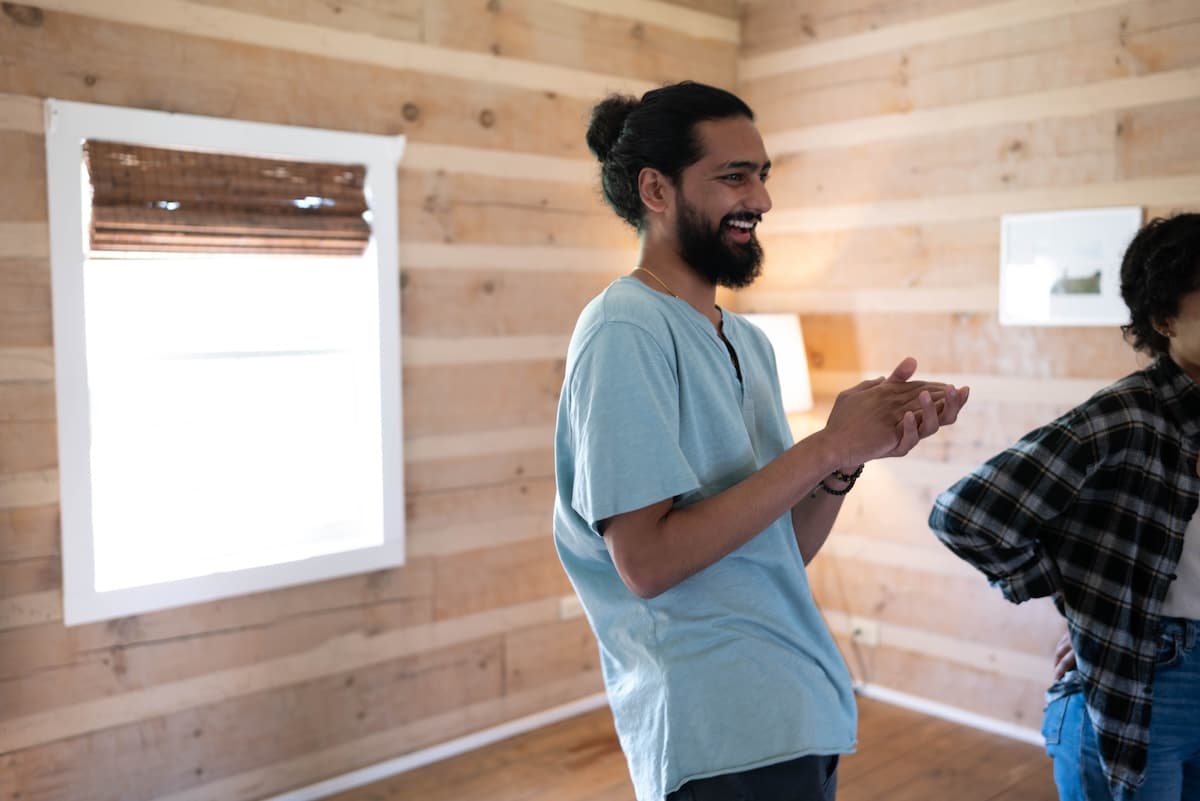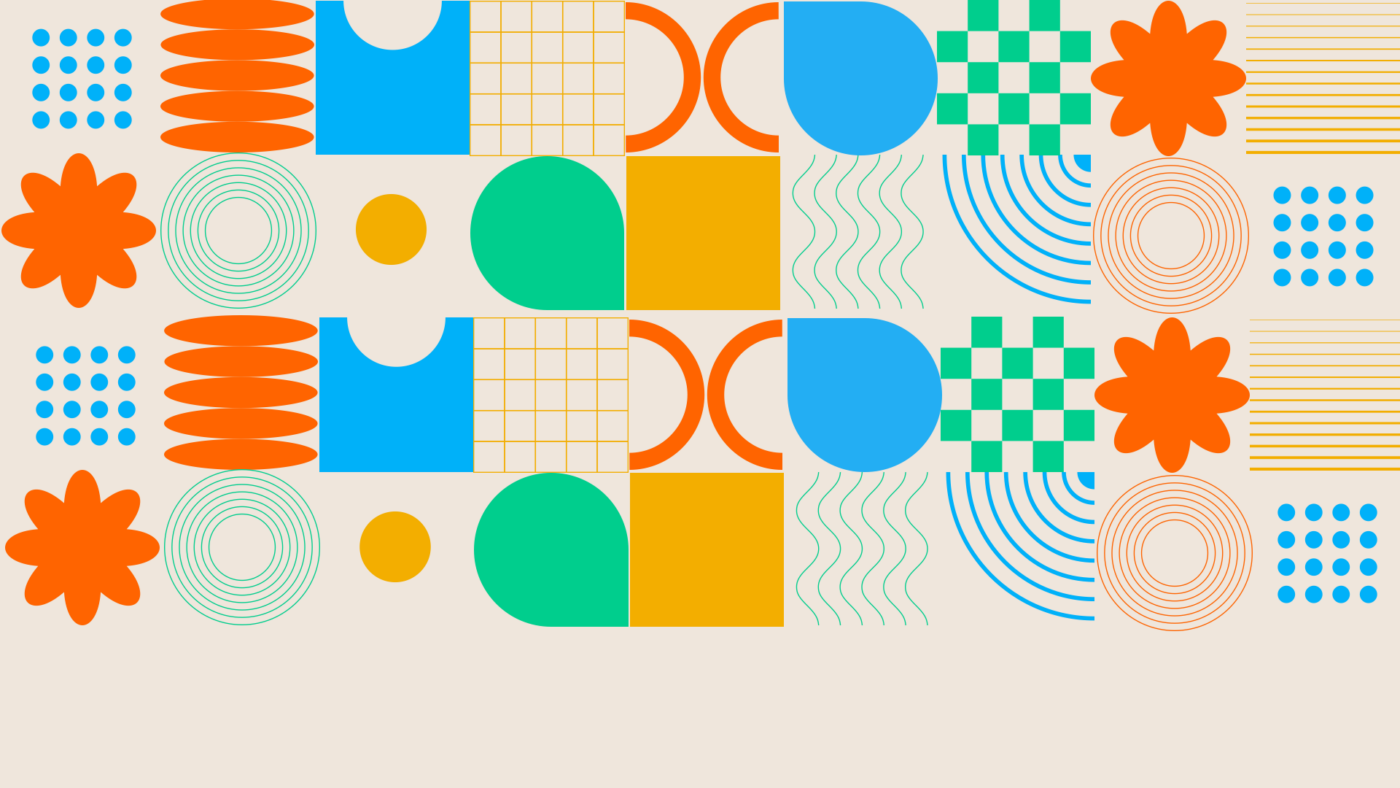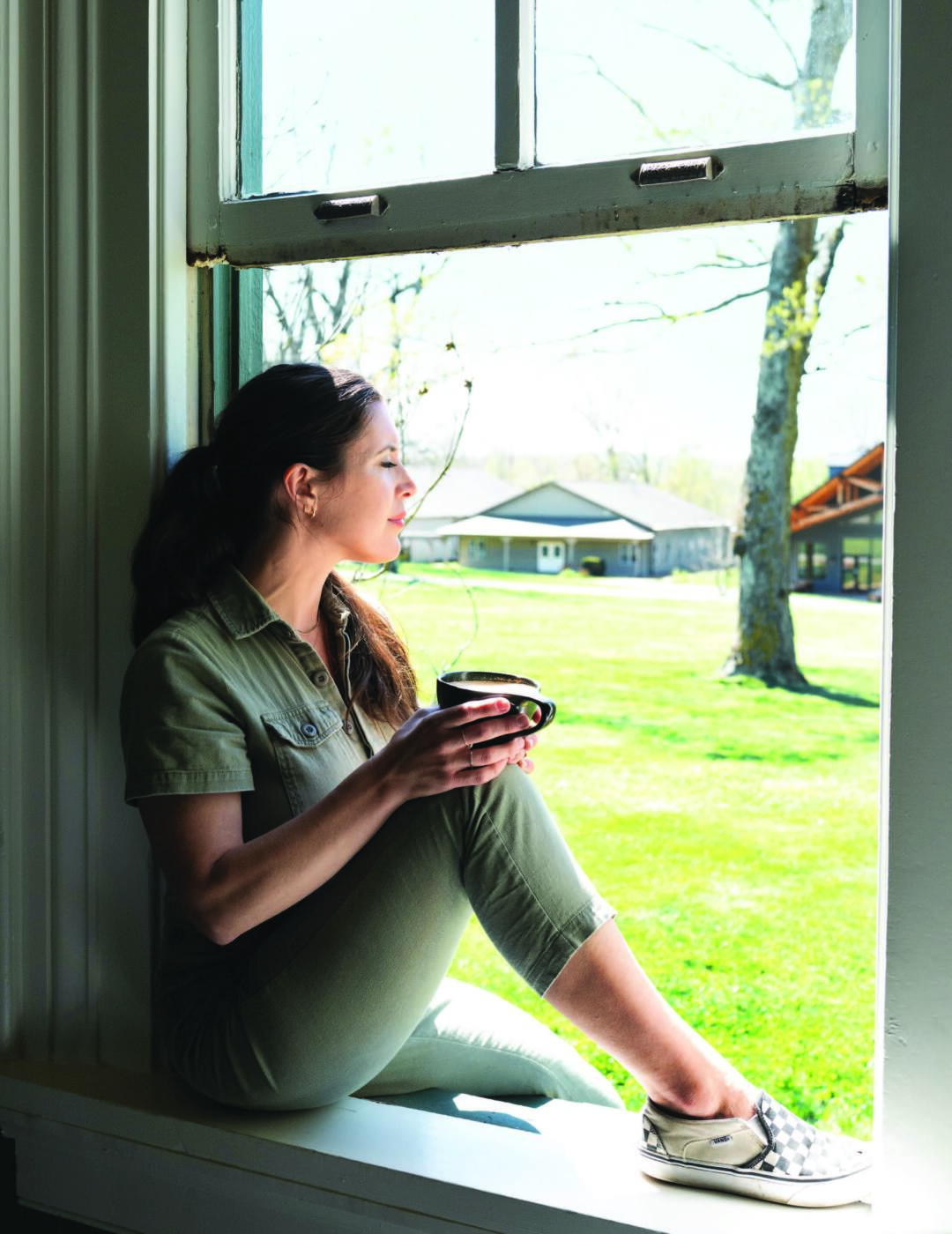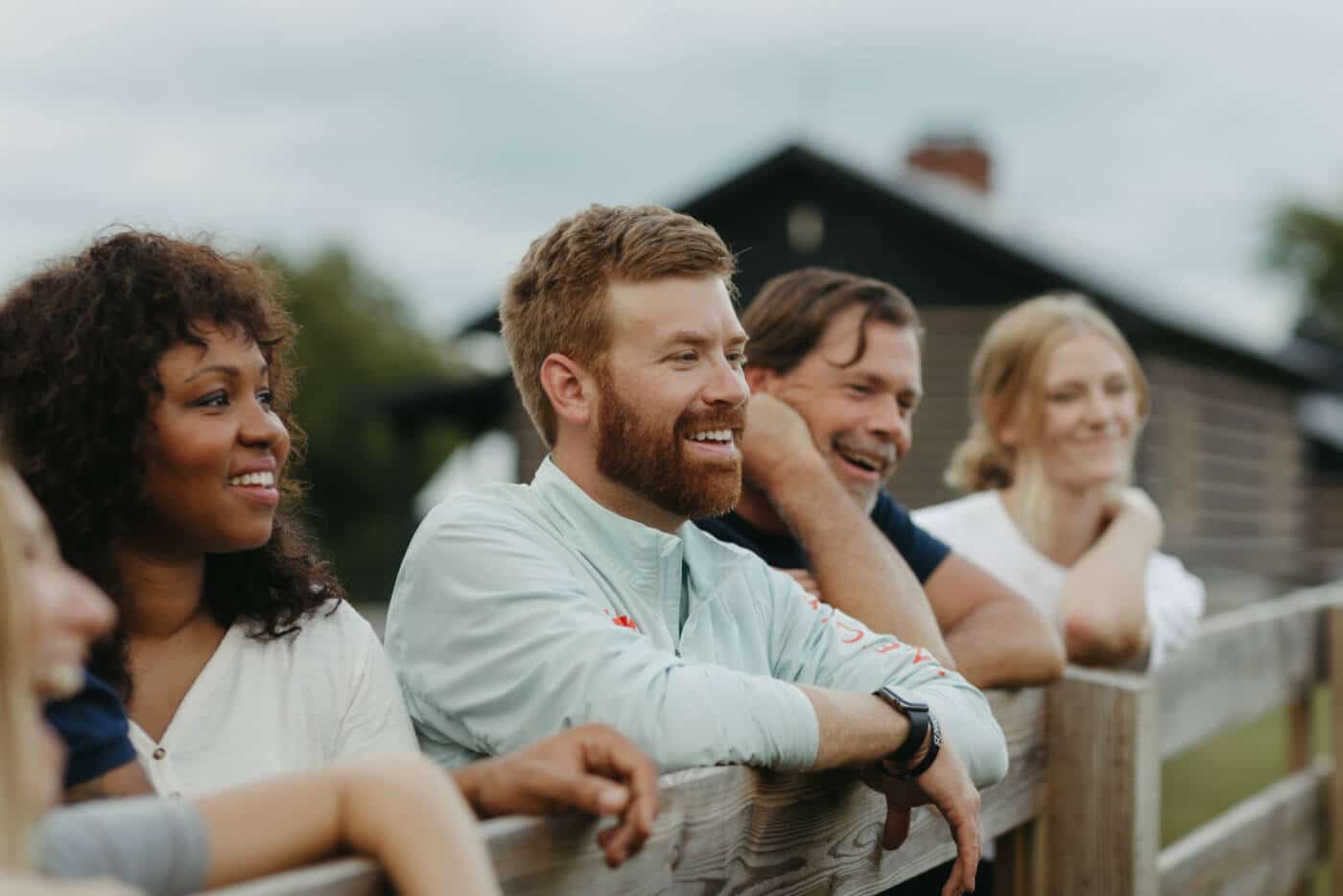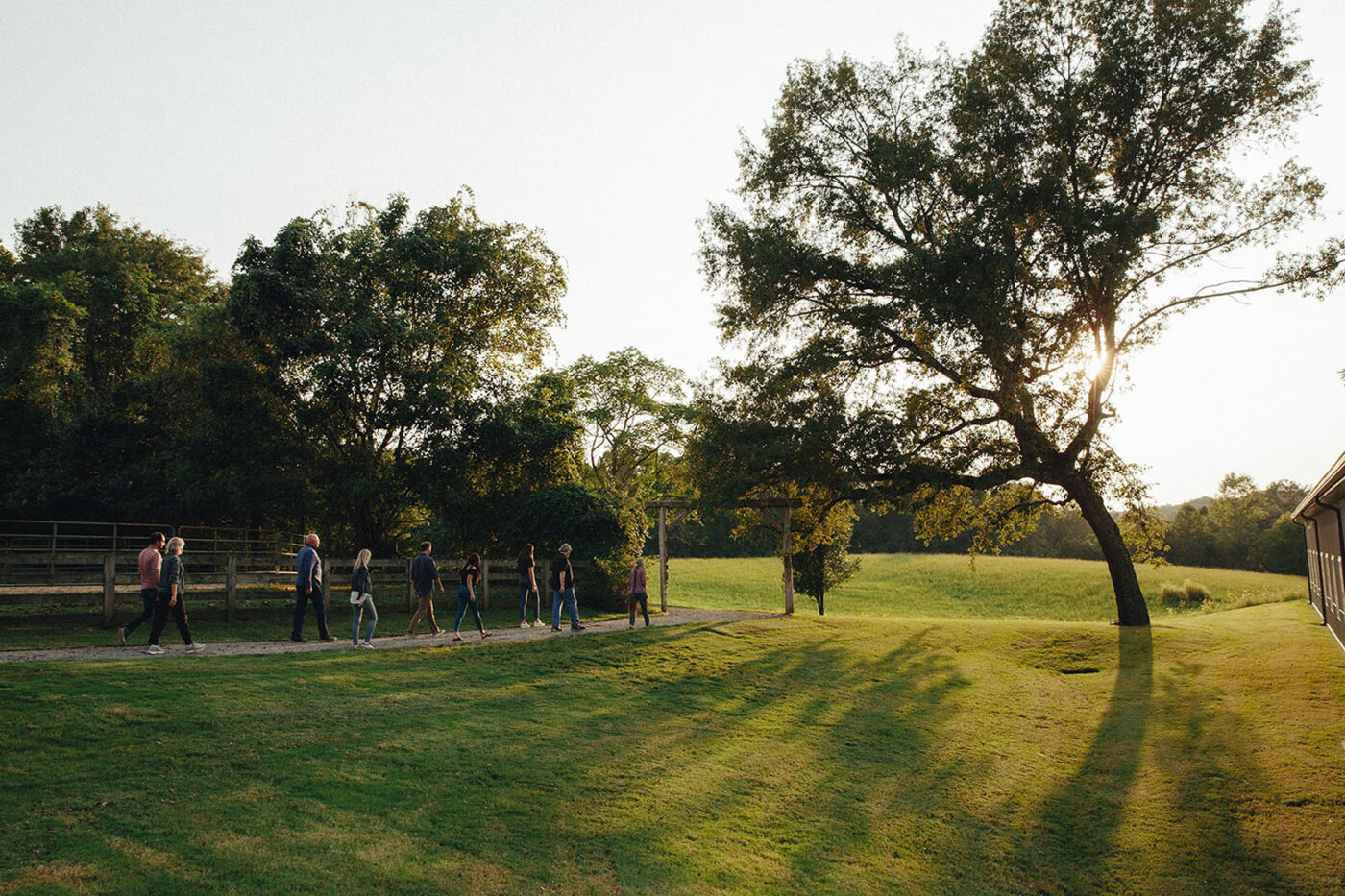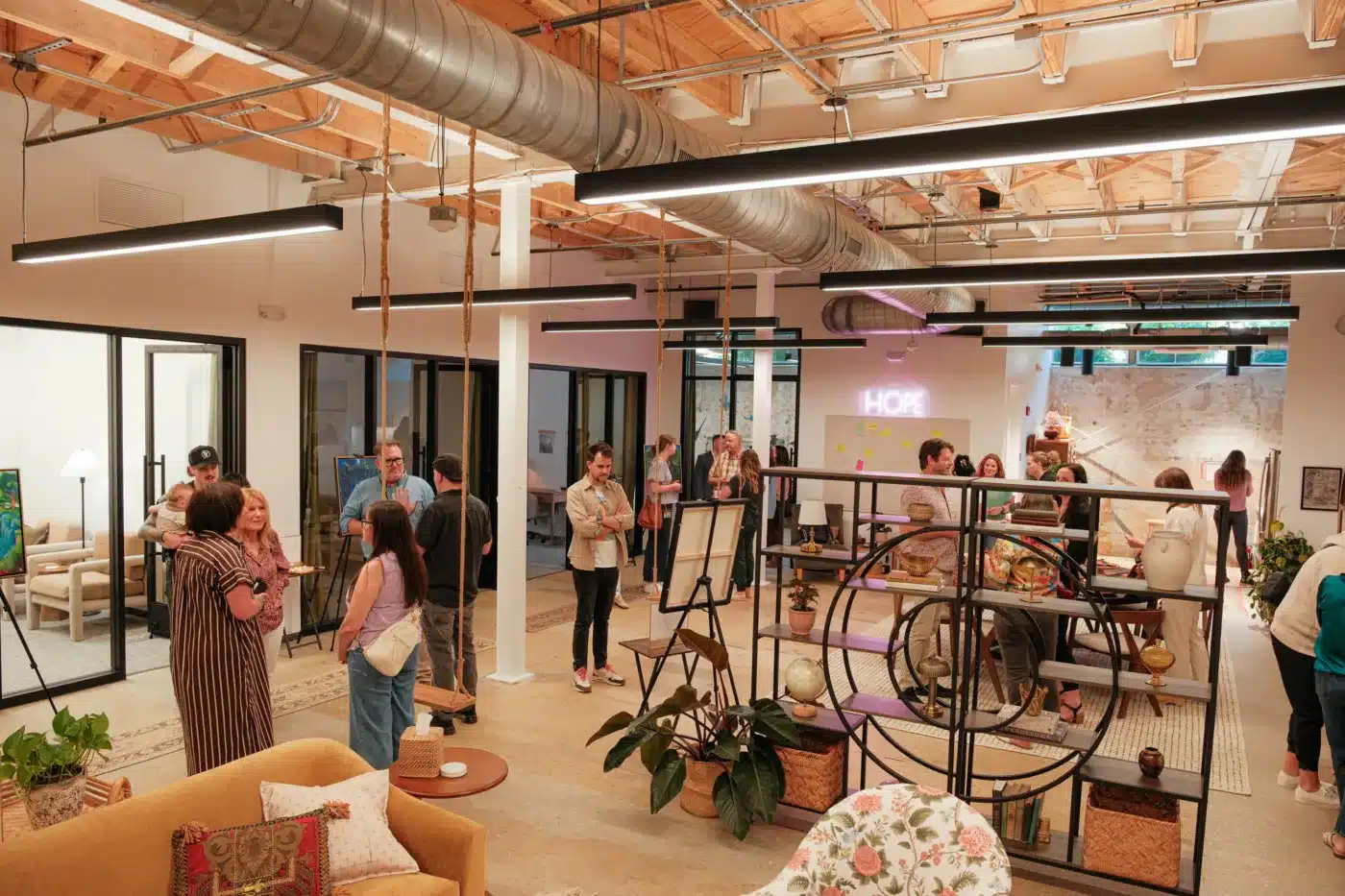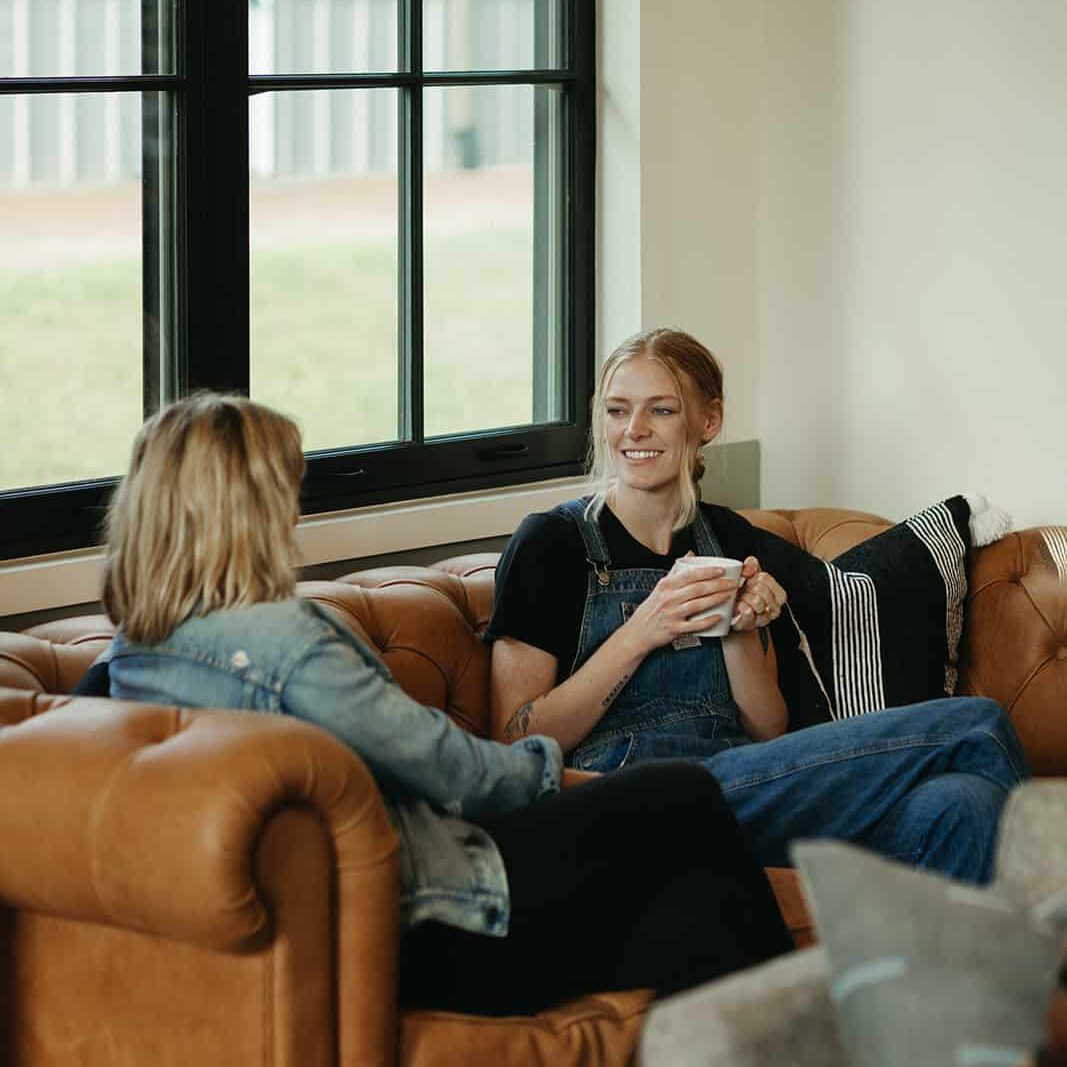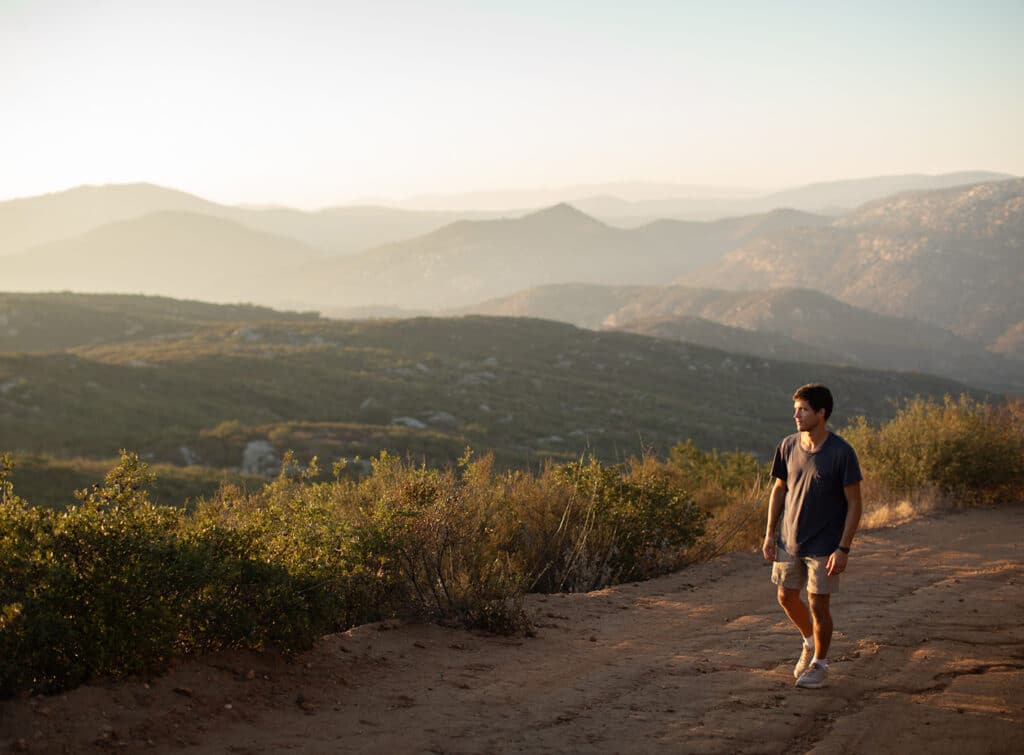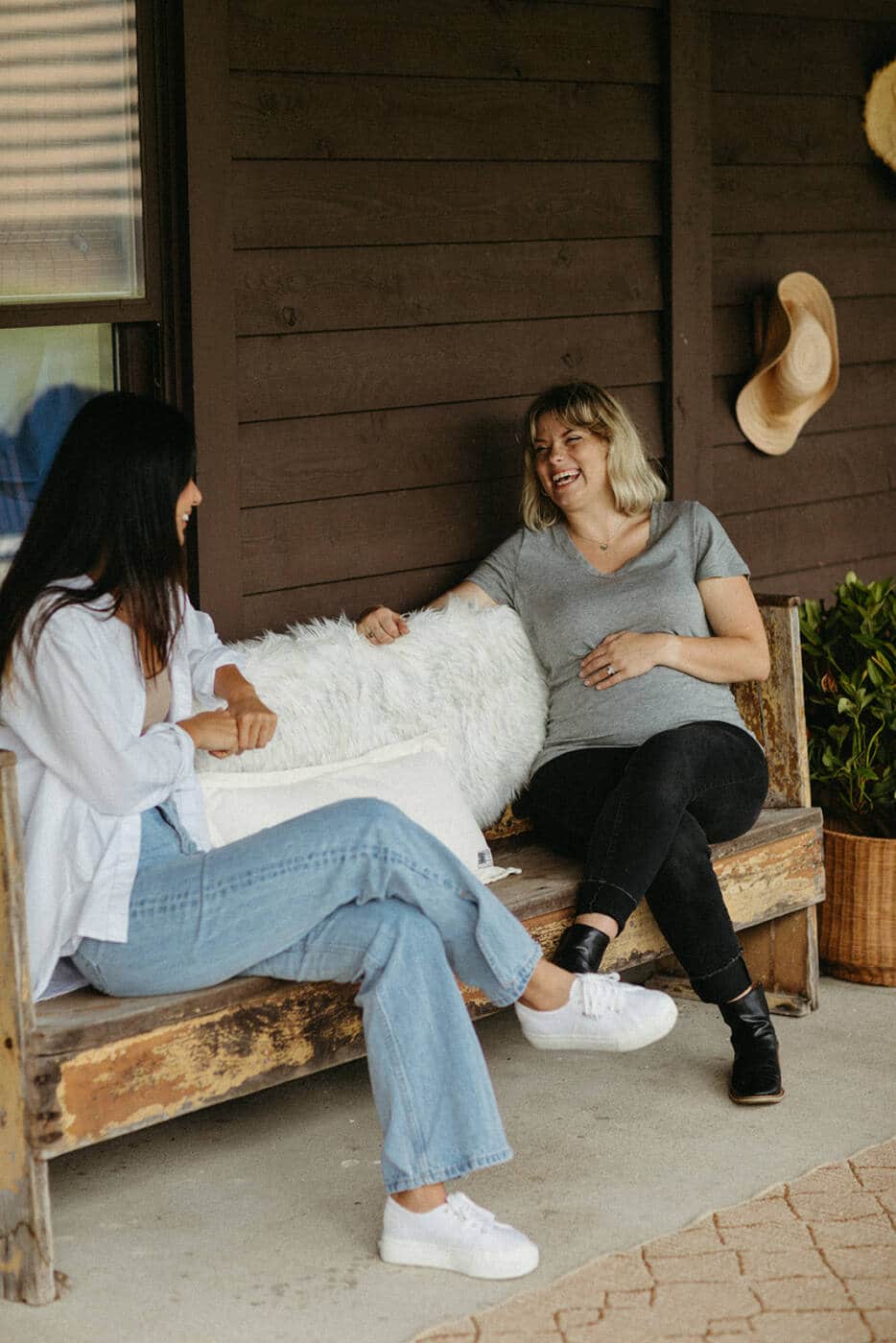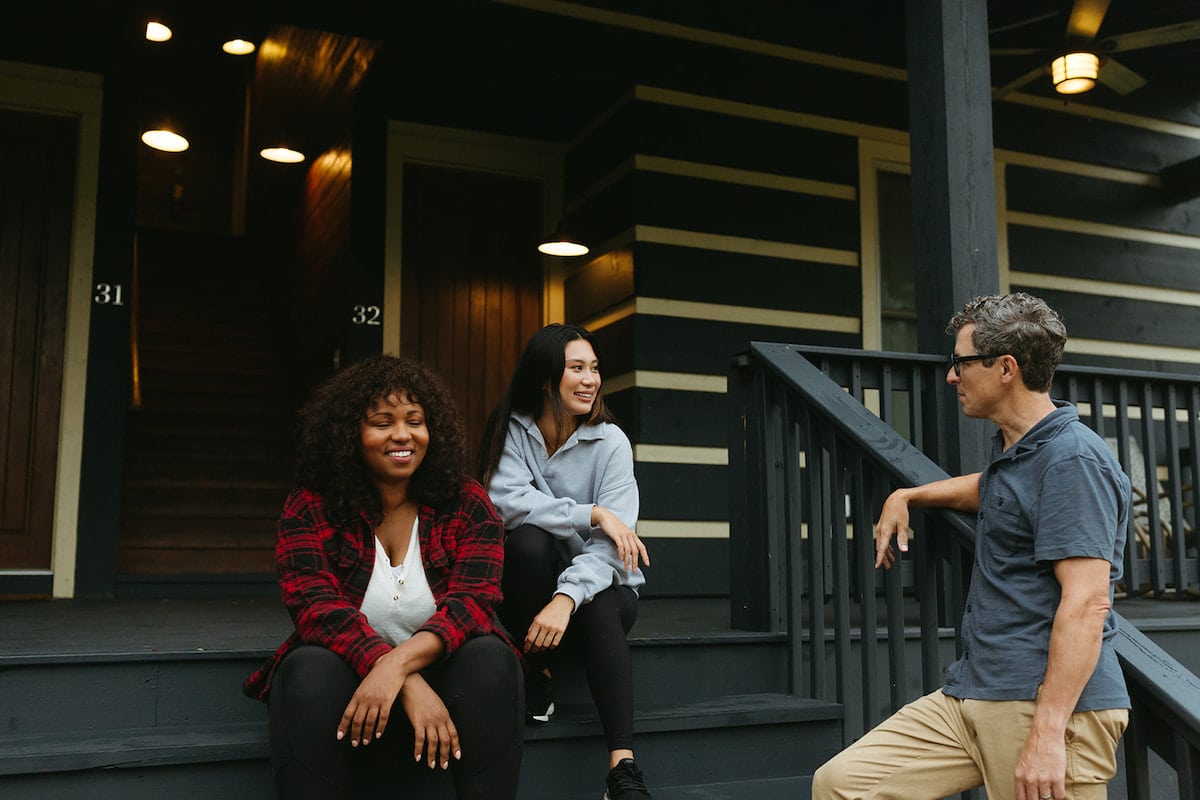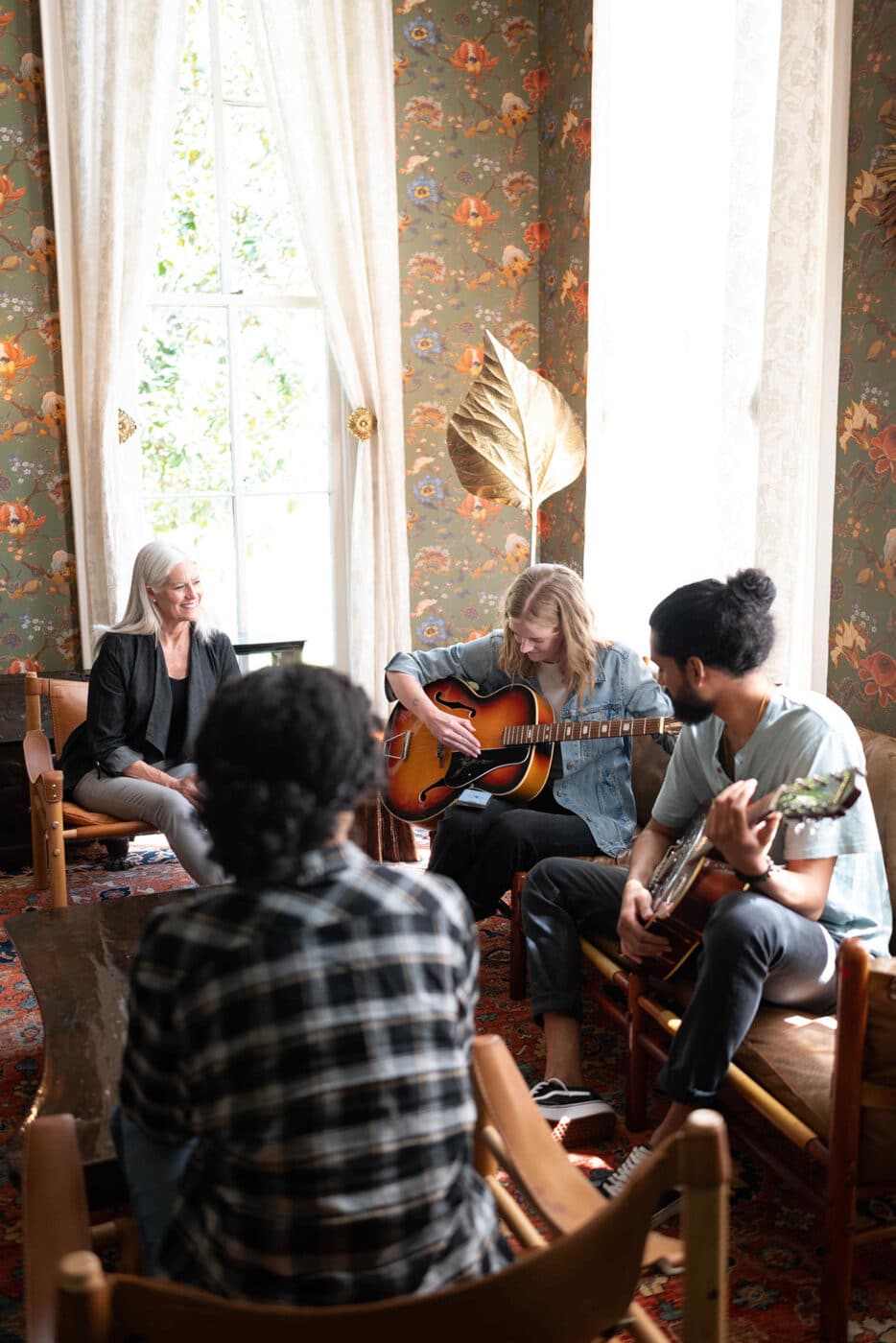“We don’t heal in isolation, but in community.”
S . Kelley Harrell
Something almost magical happens at the end of every week at Onsite. It’s phenomenal to witness. As participants of our group workshops prepare to end their experience, they’re often heard reveling in the joy of their new connections, grieving goodbyes, or chatting about their eagerness to create deeper bonds at home. After spending a week exploring their stories and diving into the power of community, they emerge as fuller versions of themselves, starkly contrasting how they started the week. Groundedness, resilience, and lightness have replaced their anxiety and apprehension.
That’s what community can do for us.
Group therapy can play a vital role in our healing and show us how to cultivate more meaningful relationships. But before we can experience this incredible healing, we must first overcome the things preventing us from leaning in.
How Trauma Keeps Us From Leaning Into Relationships
One of the most significant factors standing in the way of our greatest healing is trauma.
Trauma is like an injury that impacts our nervous systems, bodies, minds, and belief systems. The negative beliefs that emerge from this type of injury informs our perception of safety, empowerment, responsibility, and ultimately, our view of self.
This all creates several barriers to intimacy, impacting the way we show up in relationships.
BARRIER 1:
Distrust of Others
Trauma impedes our ability to feel safe in our bodies, relationships, and the world, leading to a fear of vulnerability and ultimately distrust of others. If we have been hurt, we may struggle to believe it won’t happen again or that we can trust ourselves enough to discern who is “safe.” So we learn to wall up and keep our story close to protect us from ever being hurt again. This often leads to chronic feelings of disconnection.
Yet in the same way that our views of safety and trust can be broken, they can also be rebuilt. By courageously showing up and reminding ourselves of our own resilience, we can open ourselves up to new and corrective experiences with others. But it’s not easy and requires risk.
BARRIER 2:
Disempowerment
We do not get to choose the trauma we experience, nor can we control its impact. This often makes us feel disempowered and out of control.
When we are forced to navigate adverse life experiences, it makes sense that we would have difficulty regaining our footing, finding our voice, or having hope for a different future. Pursuing healing in a group context can help us regain a sense of groundedness.
Communities, like life, can be both supportive and activating. While we cannot always change what may activate us, we can learn to change our relationship with it. Within a group context, we practice self- attunement, helping us know how to respond to our world instead of reacting to it, so we can choose to show up in a different way. When these new habits become ingrained skills, we can regain a sense of empowerment over what we can change—ourselves. Witnessing this growth in ourselves and others allows hope to reform.
BARRIER 3:
Shame
The impact on our view of self and sense of responsibility often go hand in hand. The lingering voice of trauma shows up as shame and tells us that we are unworthy, undeserving, or broken. It tries to convince us that if we share our story, we’ll be misunderstood, judged, or perceived as a burden. Despite shame often feeling like a cloud of darkness, we know it cannot live in the light. The more we speak life into our painful experiences and allow others to be present with all parts of us, the more we can detach our identity from our trauma and see ourselves more fully. Our trauma is what happened to us, not who we are.
BARRIER 4:
Isolation
Trauma often leaves the weight of healing on the individual. Many trauma survivors feel an inflated sense of responsibility to “fix themselves.” The belief that we can only enter into relationships after we’ve found healing perpetuates isolation. The beautiful paradox for those who may hesitate to show all of themselves is that community and relationships are a form of healing, not a reward for being healed. Barry Checkoway says that “community has many definitions including a ‘unit of the solution.’” Meaningful connections are not just a goal— they are a roadmap to healing.
How Group Work Mirrors Our Relationships
When we enter any group work experience, we enter a community that can offer us insights into how we function in other relationships. The peers who were once strangers become the pillars of the safe container where we rebuild trust and connection and explore different parts of ourselves. We get to both witness ourselves and others.
Witnessing Ourselves Through the Group Process
We all exist in relationships. We are in a relationship with people through different contexts. We may be a friend, partner, son or daughter, boss, parent, etc. We are also in relationships with our careers, roles, or other places and parts of our world.
When we give and receive support in the group experience, we allow others to show up for us, which is an act of showing up for ourselves. What can often feel like a personal struggle becomes a shared experience, and we cease to feel alone in our pain.
Brené Brown says, “the two most powerful words we can hear are ‘me too.’”
Witnessing Others Through the Group Process
Much of the beauty of group work is also being a witness to others. We often find ourselves by being with someone and listening to their experience. We relate to their story and pain and can gain new perspectives as we see their healing and breakthrough unfold.
The different vantage point takes us out of the hot seat, allowing our nervous system to settle while seeing a shared wound through a different lens.
Doing our work can feel like holding a microscope up to all our story’s pain and raw feelings. It can be intimate and personal and come with a flooding of emotions.
Participating in and witnessing others’ journeys brings us healing in a profoundly unique way. When we observe another’s work, we can view both the forest and the trees. We can see ourselves in all that plays out but with the eyes of compassion. By extending compassion, grace, and understanding to others, we also learn to offer that to ourselves. It’s an incredible phenomenon.
It’s been shown that group work frequently equals or surpasses individual healing because of the impact of connecting, gaining perspective, and being seen.
As the saying goes, “To be seen is to heal.”
Healing As A Community
The idea of healing together is not a new concept. In fact, it’s been used in different cultures throughout all of history. Long before we had group therapy, we had neighbors and communities that helped us connect, share history, and process painful life experiences. Research has shown the impact of using connection, shared history, and culture in healing Africana groups. Indigenous communities have been studied for their grief-processing traditions. And Holocaust survivors were recognized as they joined together for remembrance.
I’ve been privileged to see this firsthand. Prior to Onsite, my career led me to many places, including a small town in Kenya. The town and people had been impacted by decades of trauma, poverty, and a high prevalence of HIV. I was welcomed to an organization that supported peers by offering resources and seeing the people as a resource in themselves. They embraced healing each other through healing together and leaned on their culture, storytelling, and bonds to ignite change.
At Onsite, we see the power of community each week as new groups come together, relationships are formed, and participants leave feeling deeply connected to their peers. Within what we call the “safe container” of the group, the parts of us we typically keep hidden are shared, and people are seen, heard, and valued, sometimes for the first time. That courage to be vulnerable with others gives way to finding more intimate connections in our lives and ourselves.
In my healing journey, the most powerful moments have been when I could simply share my story and have another person reach out their hand.
How Group Work Impacts Our Real Lives
Each week we see grief and gratitude emerge from the group process. We’re reminded that while the group is a special place for many, that experience ripples into our lives at home. As we get to know ourselves more deeply, we can show up with others more authentically.
This allows our relationships to shift and new relationships to form. We begin to welcome vulnerability and find ourselves in spaces where we feel seen, heard, validated, and respected, offering that to others in return. Though we may not see or feel it, every one of us already exists in a group. Our family, friends, and neighbors are all communities within our reach. We know that social support is essential to physical and mental health, and healing continues outside the walls of therapy.
If we lean into the communities already around us and learn to love each other well, a world of possibilities unfolds.
Discover the healing power of community.
Our workshops are designed for personal growth in a safe, welcoming, and collaborative environment that allows you to explore and cultivate lasting positive change.
For more articles from our clinical team, descriptions of Onsite’s robust digital and in-person experiences, and powerful stories from Onsite Alum, pick up a copy of our annual Onsite Journal.
